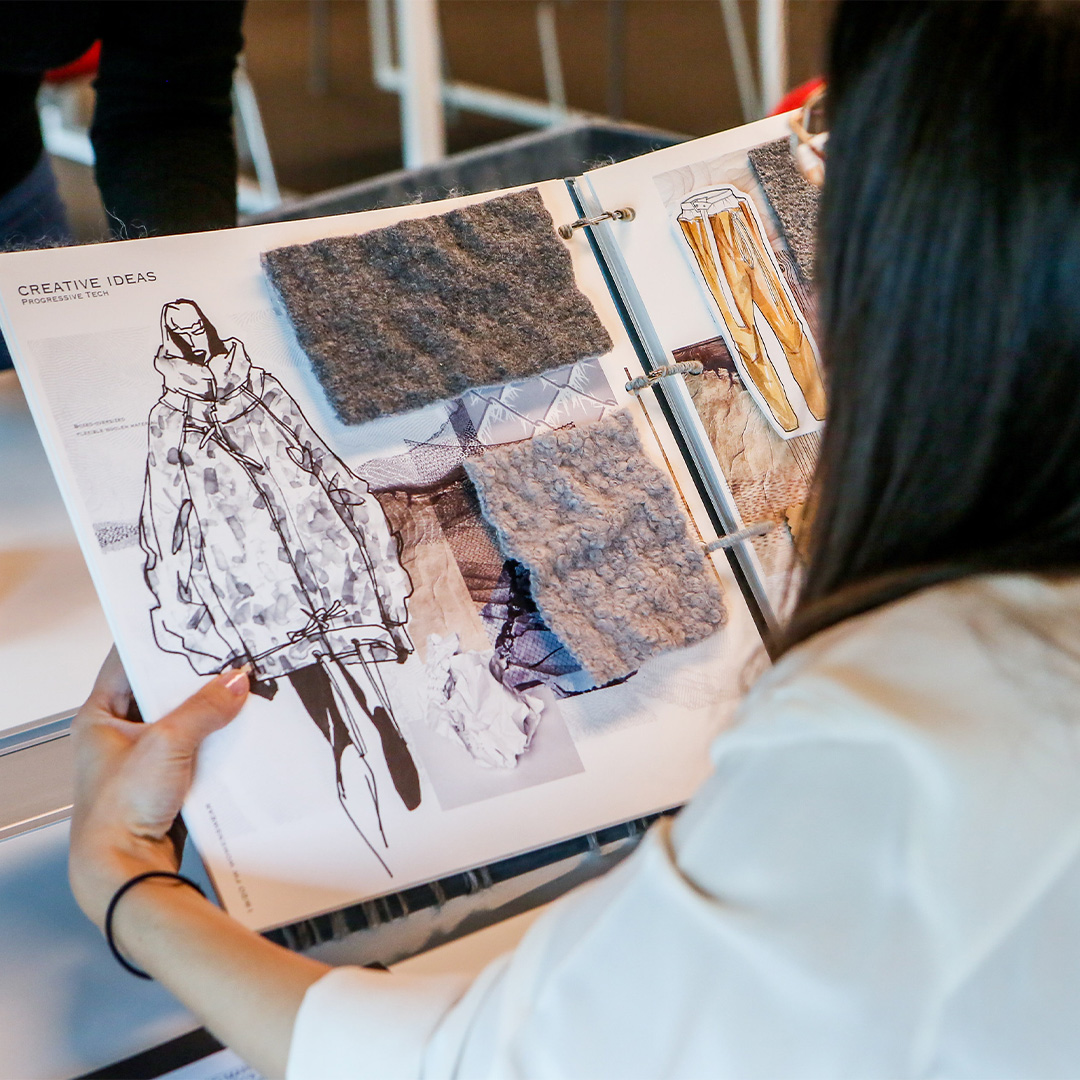
«Work hard, think hard, be proactive» said Satoshi Kuwata
«Work hard, think hard, be proactive» said Satoshi Kuwata
«I always had this dream» says Satoshu, talking about his path, when he decided he would become a fashion designer. "When I was 13, I wanted to become a chef or a stylist. I knew it would take a long time. So I drew up a clear career map, indicating what I would learn, where and how. It took me a long time, but now I am here."
The winner of the prestigious LVMH 2023 first prize, Satoshi Kuwata, the founder of Setchu, spoke to encourage the young fashion talents at Istituto Marangoni Milano.
The event, moderated by Carlotta Sadino, the Programme Leader of the Fashion Design area, was a unique opportunity for fashion students to be inspired and learn from one of the most promising names in the fashion industry.
«The most important garment I designed is called 'Origami Jacket'» the Creative Director went on, «and is inspired by the kimono folding technique. The shape comes from Savile Row tailoring, while some of the details come from vintage American clothes from the 1940s. I had a lot of my grandfather's jackets, and I started cutting and reconstructing them. That was the first thing I remember. I was so impressed by so many layers because I thought clothes were made of only one layer. I was about six, or seven years old. I realised that there were so many layers, the lining, the casting, the canvas, the wood, and it was really fascinating for me to open them up, cut them, and put them together.»
The students had the opportunity to ask questions and learn from Kuwata, gaining a unique insight into the fashion industry and future trends but also discovering the rigour and determination behind a successful project.
«Setchu has three key words: functionality, which comes from my travel experience; timeless, which comes, I believe, from my being Japanese; craftsmanship, something made by hand.»
Satoshi Kuwata demonstrated through his experience that successful fashion is not just about creating beautiful clothes but also requires a deep understanding of consumer needs, the ability to design timeless designs and attention to handcrafted details.
His visit to Istituto Marangoni was an inspiration for the students and a testimony to the potential of high-quality training in the fashion industry.


